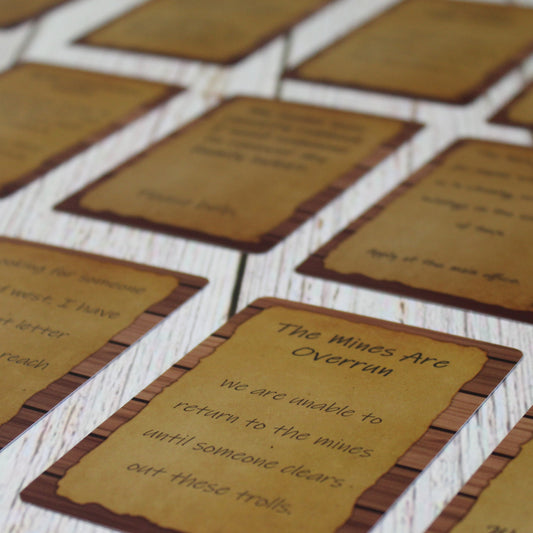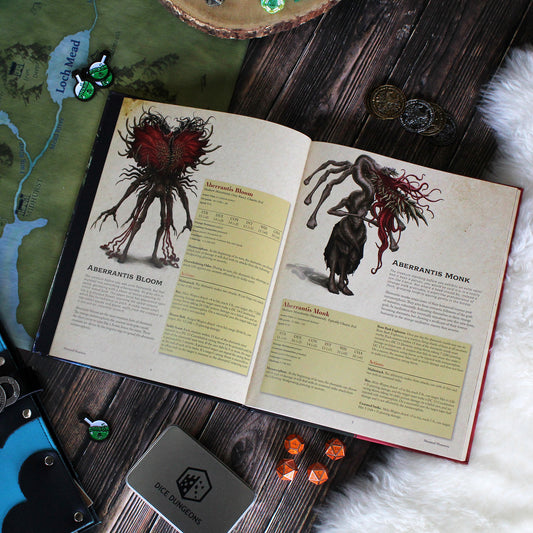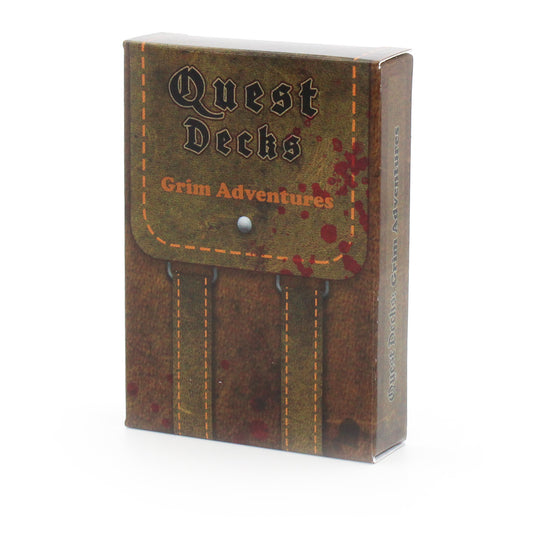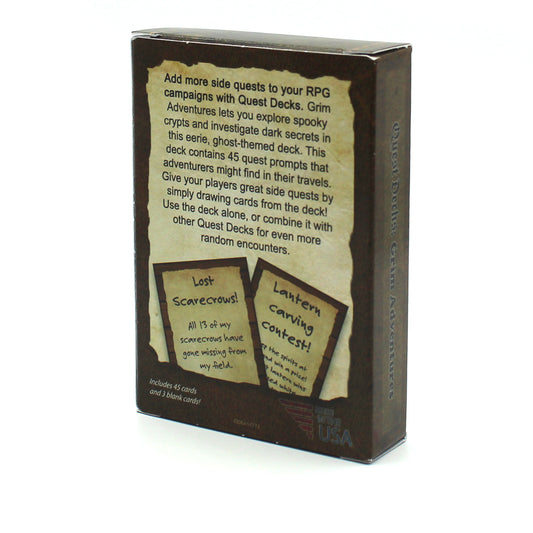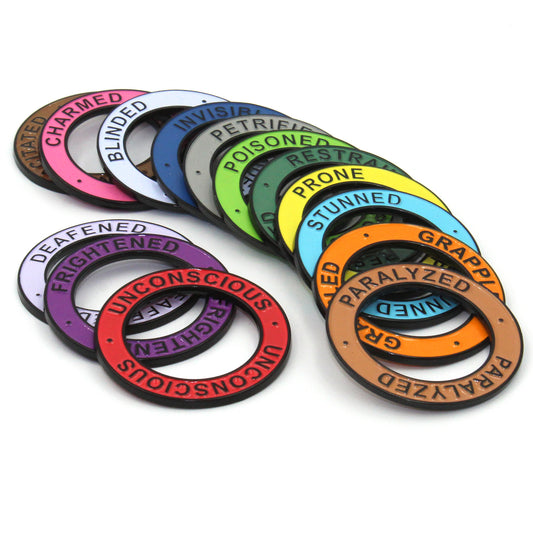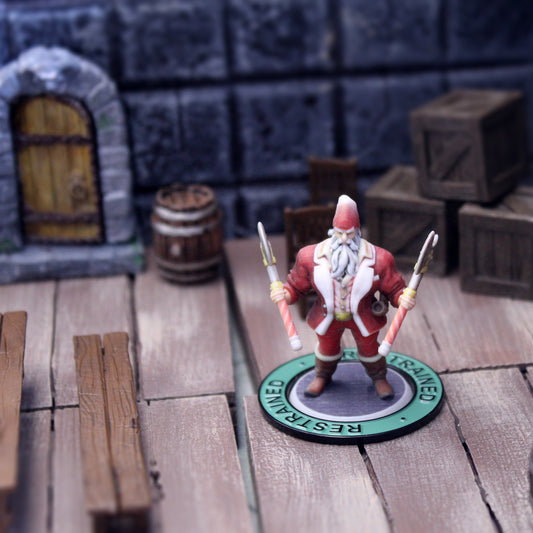Dice may feel like a modern accessory, but humans have been rolling multi-faced objects for thousands of years. At Dice Dungeons we have spent years studying and crafting dice, so it only felt right to tell the story of how polyhedral dice evolved from ancient divination tools into icons of tabletop gaming. Whether you are new to role-playing or a lifelong gamer, understanding the history of polyhedral dice adds a deeper appreciation to every roll.
Ancient Beginnings: Bones, Sticks and Early Polyhedra
Long before metal or resin dice, people turned to animal bones for answers. Archaeologists have found anklebones known as knucklebones at sites dating back 7,000 years. These four-sided bones were used in rituals to predict the future. They were not perfectly geometric and not used for games, but they mark the first time humans rolled objects to seek guidance.
About 5,000 years ago, another form of dice appeared in ancient Egypt: throwsticks. These flat, two-sided pieces were used in the board game Senet, one of the world’s oldest known games. Players tossed the sticks and moved their pieces according to which side landed face up.
Within a few centuries, artisans in Mesopotamia and the Indus Valley began crafting true polyhedral dice. Excavations have uncovered dice carved from bone, ivory and terracotta with four, six and even twenty sides. These early dice often bore symbols rather than numbers and show that humans were experimenting with multi-faceted randomness long before Rome.
Icosahedra in Egypt and Rome
The most famous ancient polyhedral dice are the twenty-sided icosahedra now housed in museums like the Met and the Louvre. Dating from the Ptolemaic period through the Roman era, these were carved from serpentinite, crystal or bone. Faces were marked with Greek letters or even the names of deities. Scholars debate whether they were used for games or divination, but their preservation shows how valued polyhedral dice were in the ancient world.
From Wargames to Dungeons & Dragons
Modern polyhedral dice owe their popularity to hobbyists of the 20th century. In the 1960s, wargamers used charts and counters to resolve probabilities. They needed dice with more sides, and in 1972 an American education supplier released sets based on the Platonic solids. Soon after, Gary Gygax and Dave Arneson adapted these dice for a new fantasy game: Dungeons & Dragons.
The earliest D&D dice were rough by today’s standards. Players often had to ink the numbers themselves, and the plastic wore down quickly. By 1977, TSR began including polyhedral dice with its Basic Set, a move that cemented their place at the table. Dice shortages in the late 1970s even led to boxed sets shipping with cardboard chits as stand-ins. The need for a ten-sided die pushed innovators to create the d10 in 1980, followed by the 100-sided Zocchihedron in 1985.
Patents and Innovations
Long before D&D, inventors were exploring beyond six-sided dice. A 1904 patent by Albert Friedenthal described a ten-sided die. In 1950, Yasushi Ishida designed an icosahedron numbered 0–9 twice for teaching math. In 1963, Fredda Sieve patented a dice game using all five Platonic solids. These patents anticipated what gamers would later demand.
The Modern Dice Renaissance

By the late 20th century, the twenty-sided die had become a symbol of gaming culture. As fantasy media entered the mainstream, more people recognized the d20 even if they had never played an RPG. Today dice are made from every material imaginable. Collectors can buy solid tungsten dice weighing pounds or hand-crafted polyhedral inset with any number of features.
At Dice Dungeons, we are proud to be part of this renaissance. We craft gemstone, metal, resin and glass dice with the same care ancient artisans once gave their crystal icosahedra. Our gemstone dice feature an exclusive in-house font and precision engraving. Our glass dice recall the clarity of early crystal dice while being durable enough for regular play. We believe every die should be beautiful, balanced and built to last.
The history of polyhedral dice reminds us that every roll connects us to a long tradition of storytelling, chance and craftsmanship. From knucklebones used in rituals to the first Platonic sets in the 1970s, humans have always rolled dice to explore possibility. Today’s gamers carry that heritage when they gather around a table and cast a twenty-sider to decide a hero’s fate.
Ready to explore the next chapter in dice history? Browse our collection of polyhedral sets, featuring exclusive designs and materials that continue thousands of years of rolling tradition.



